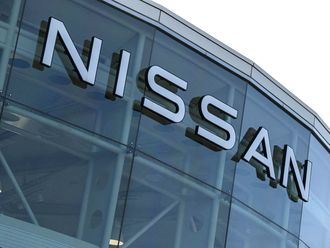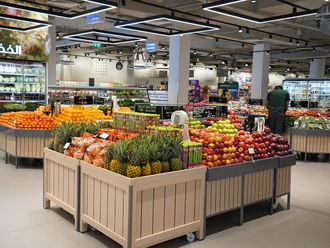Hollywood movies like “Terminator”, “Avatar” and “iRobot” depict dystopian scenarios where interconnected machines with artificial intelligence capabilities, are able to take control of the world. Machines that were connected with the purpose of serving mankind become the biggest threat to human survival.
While vast armies of connected and intelligent machines might have seemed like sci-fi a few years ago, the internet of Things, or IoT, is making this a reality today. IoT promises to bring web connectivity to every facet of our lives, making our homes and devices smarter and more efficient.
However, IoT is much more than just a technological revolution — it offers huge opportunities for marketers to connect with audiences in hitherto impossible ways. Not only can IoT be used to communicate with a brand’s target group, but connections can also be made “In the moment”, that is, either at the point of purchase or at the moment of consumption.
Thus, IoT has the potential to blur the lines between product, media and service. Let us look at some examples below.
Product as media
With IoT, products are smart. Therefore they are able to market themselves in ways that were unthinkable earlier. Let us take the example of a wearable product like Fitbit.
The product allows users to post stats from their exercise regimen directly to their social media feeds, thereby advertising itself. Not only does this increase the reach of the product on social media, but it also makes it “social proof” — i.e. when people see others using the product, it acts as a form of reassurance about the product’s quality and effectiveness.
Products that augment their positioning
In the example above, we saw how Fitbit can promote itself on social media. However, connected products can go much beyond that and position themselves as brands for special occasions. Diageo connected 100,000 of their bottles to the internet and allowed people who were gifting these for Father’s Day to create their own personal message for the recipient.
This enabled the brand to create crowdsourced advertising content that augmented the brand’s intended positioning as the perfect gift for Father’s Day.
Product as an ordering mechanism
Products that can generate their own sales have been the holy grail for marketers. But this is just what Tide has achieved in partnership with Amazon. Tide SKU buttons on the washing machine are linked to the customer’s home Wi-Fi.
When the customer is running low on Tide, he/she presses a button and that particular SKU is delivered at their doorstep in a couple of days. The customer’s account gets automatically credited with loyalty points, thereby ensuring future brand loyalty. This way customers don’t have to visit a supermarket, and there is a lesser chance of them getting lured by competition.
Products as a service
Connected products can offer auto-upgrade, remote inventory management, location control and anti-theft features, which could become attractive selling points and help to differentiate from competition. Tesla is a good example of this — not only are their electric cars groundbreaking, they are also to upgrade all the on-board software remotely.
Thus, performance enhancement or regular servicing procedures can be carried out without any inconvenience to the customer.
Products as connected eco-systems
With IoT, it is possible for multiple apps to “speak” to each other and then to connect to a machine. For example, Uber and Spotify have linked their services in a way that customers can connect their Spotify account to their Uber app, and then use it to play music in Uber cabs through their Spotify account. This is a great example of connected eco-systems at work, thanks to IoT.
The internet of things is a fantastic opportunity for markets — they can use products to communicate more effectively, order themselves, and connect with the larger ecosystem, in ways that help to increase customer retention.
Marketers need to seize these opportunities in order to stay ahead of their competitors.
— The writer is a director at Kantar MENAP.












